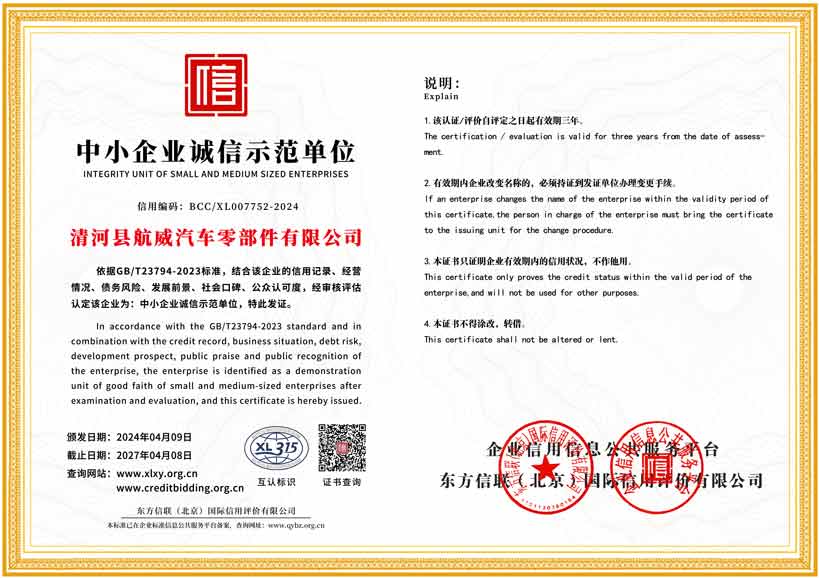Understanding Rear Derailleur Cable Mechanics for Smooth Bike Shifting and Performance
Understanding the Rear Derailleur Cable An Essential Component for Smooth Shifting
Bicycles are marvels of engineering, and one of the crucial elements that contribute to their performance is the rear derailleur cable. This slender wire plays a vital role in the bicycle shifting system, enabling riders to smoothly change gears while navigating various terrains. Understanding the rear derailleur cable can greatly enhance a cyclist's ability to maintain their bike and optimize its performance.
What is a Rear Derailleur Cable?
The rear derailleur cable is a component of the bicycle's gear shifting mechanism. It connects the gear shifter, typically located on the handlebars, to the rear derailleur, which is situated near the rear wheel. When a cyclist shifts gears, the shifter pulls or releases the cable, causing the derailleur to move. This movement changes the position of the chain on the cassette, allowing for smoother gear transitions.
Importance of the Rear Derailleur Cable
A functioning rear derailleur cable is critical for efficient gear shifts. If the cable is frayed, stretched, or improperly installed, it can lead to poor shifting performance. This can result in a range of issues, including skipped gears, chain drop, or the inability to shift at all. For serious cyclists, these problems can impede performance and lead to frustration during rides.
Anatomy of the Rear Derailleur Cable
The rear derailleur cable consists of several key components
1. Cable Housing This protective sheath houses the cable itself. It helps guide the cable from the shifter to the derailleur and also protects it from dirt and debris.
2. Cable The wire part of the system is usually made of stainless steel or another durable material to withstand tension and wear.
rear derailleur cable

3. End Caps These small pieces fit onto the ends of the cable housing, preventing fraying and ensuring a secure fit.
4. Adjusters Some bikes come equipped with barrel adjusters, allowing for fine-tuning of the cable tension without needing to remove the cable.
Maintenance Tips
Maintaining the rear derailleur cable is essential for optimal bike performance. Here are some tips for upkeep
- Regular Inspection Periodically check the cable and housing for signs of wear or damage. Look for fraying, rust, or significant bends that may compromise function.
- Lubrication Keeping the cable lubricated prevents corrosion and facilitates smooth operation. Use a light bicycle oil to lubricate the cable before inserting it into the housing.
- Proper Installation Ensure that the cable is correctly installed and adjusted. A misaligned cable can lead to shifting problems and potentially damage the derailleur.
- Replacement If you notice that shifting has become sluggish or erratic, it may be time to replace the rear derailleur cable. A new cable can dramatically improve performance.
Conclusion
The rear derailleur cable, though small in size, is a mighty component in the bicycle's shifting system. By understanding its function and importance, cyclists can take better care of their bikes, ensuring smooth and reliable gear changes. Regular maintenance and timely replacement of the cable not only enhance the riding experience but also prolong the life of the bike. Whether you’re a casual rider or a race enthusiast, keeping your rear derailleur cable in optimal condition is key to enjoying all that cycling has to offer.
-
Upgrade Your Control with Premium Throttle CablesNewsAug.08,2025
-
Stay in Control with Premium Hand Brake CablesNewsAug.08,2025
-
Experience Unmatched Performance with Our Clutch HosesNewsAug.08,2025
-
Ensure Safety and Reliability with Premium Handbrake CablesNewsAug.08,2025
-
Enhance Your Vehicle with High-Performance Clutch LinesNewsAug.08,2025
-
Elevate Your Ride with Premium Gear CablesNewsAug.08,2025
